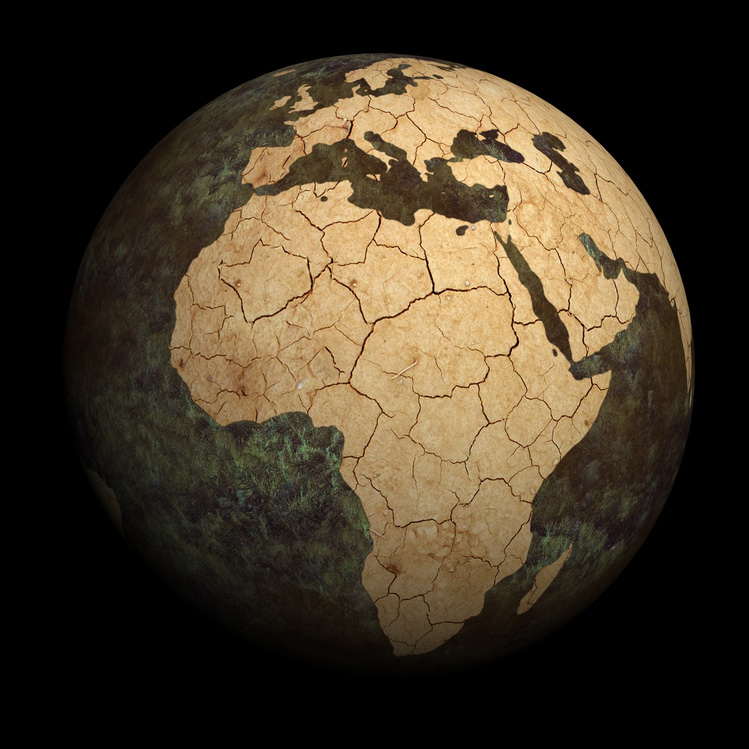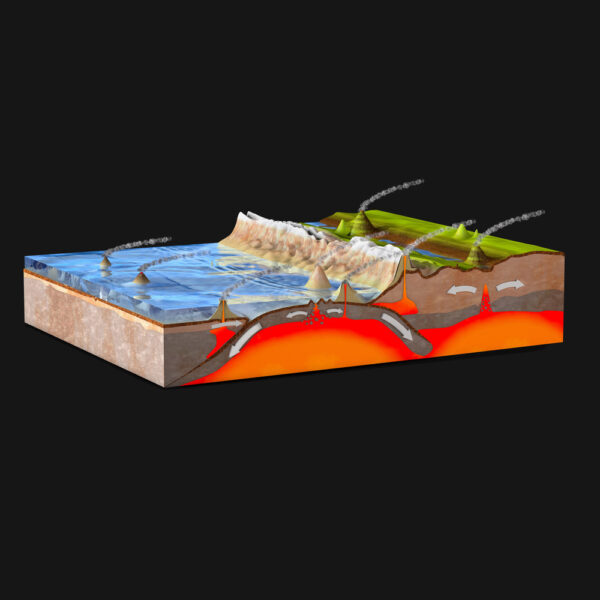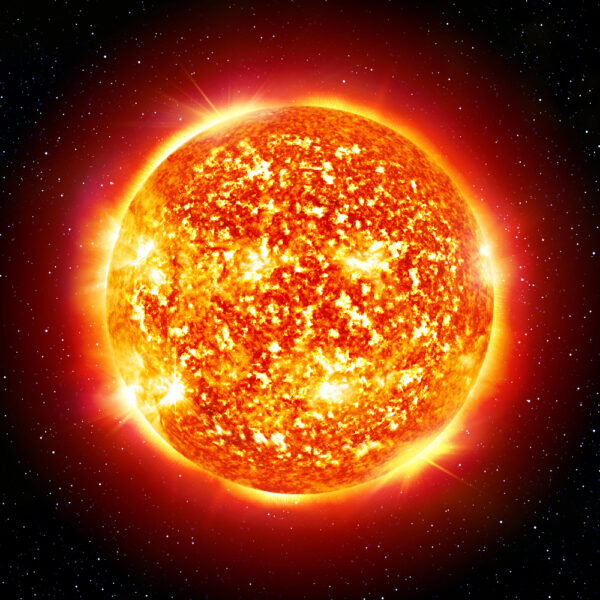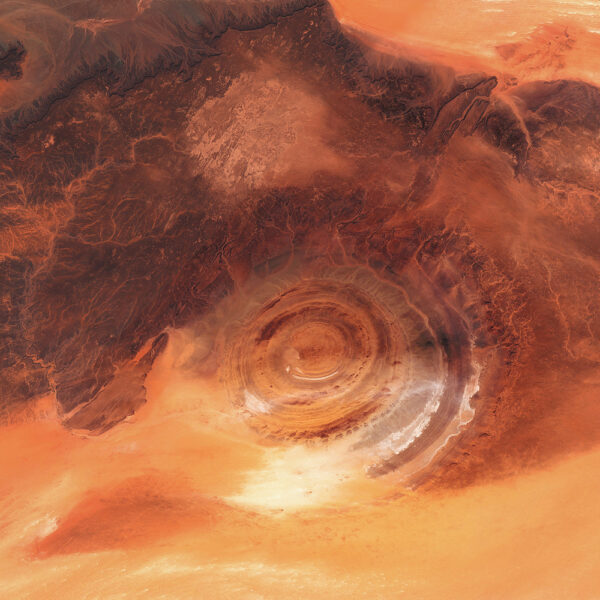Writer Fuel: What’s Inside the Earth?
There’s a lot more to Earth than meets the eye. Far from being just a roundish rock barreling through space, our planet is composed of several layers held together by intense forces of gravity. Our planet’s interior is much too deep and hot to explore with probes, so scientists rely on seismic waves to understand … Read more











